We Built This City on Rock and Roll; Stories of 15 Old Hong Kong Streets

The history of Central goes back to the days when Hong Kong was little more than a barren rock. Vigorous and vibrant, Central has always been Hong Kong’s business hub. It’s hard to find any place in the world that has undergone so many transformations, but at heart, Central is still the same. Long before the shophouses were replaced by skyscrapers, this was a place of trade: fabrics, prints, chops, herbal teas and noodles; anything had a price in the small streets and little laneways of old Central. Hidden between the office blocks you find a few places that still tell the tales of the old days. We walk the small streets and little laneways of this busy business district to find hints of history. We meet some of the old folks who live to tell the days of handcraft, hardship, of entrepreneurs and entertainers, fame and fortune…. Join us for a walk down memory lane.
1. Man Wa Lane – Chop Lane
Century-old chop lane

A small alley of market stalls with hand-made chops, stamps and name card printers, Man Wa Lane has been around for nearly a century. Dating back to the days when a company stamp was needed for every document or paycheque, this was the go-to place for Chinese trading companies (Nam Pak Hong). In the 80s and 90s people would come to this little lane from all over the world, especially the Japanese “Their economy was booming and hand-made chops were a sign of luck and prosperity and much cheaper here than back home” remembers chop master Ng ”They loved Master Chow, the only one in town who could design stamps with the ancient bird-worm seal script”.

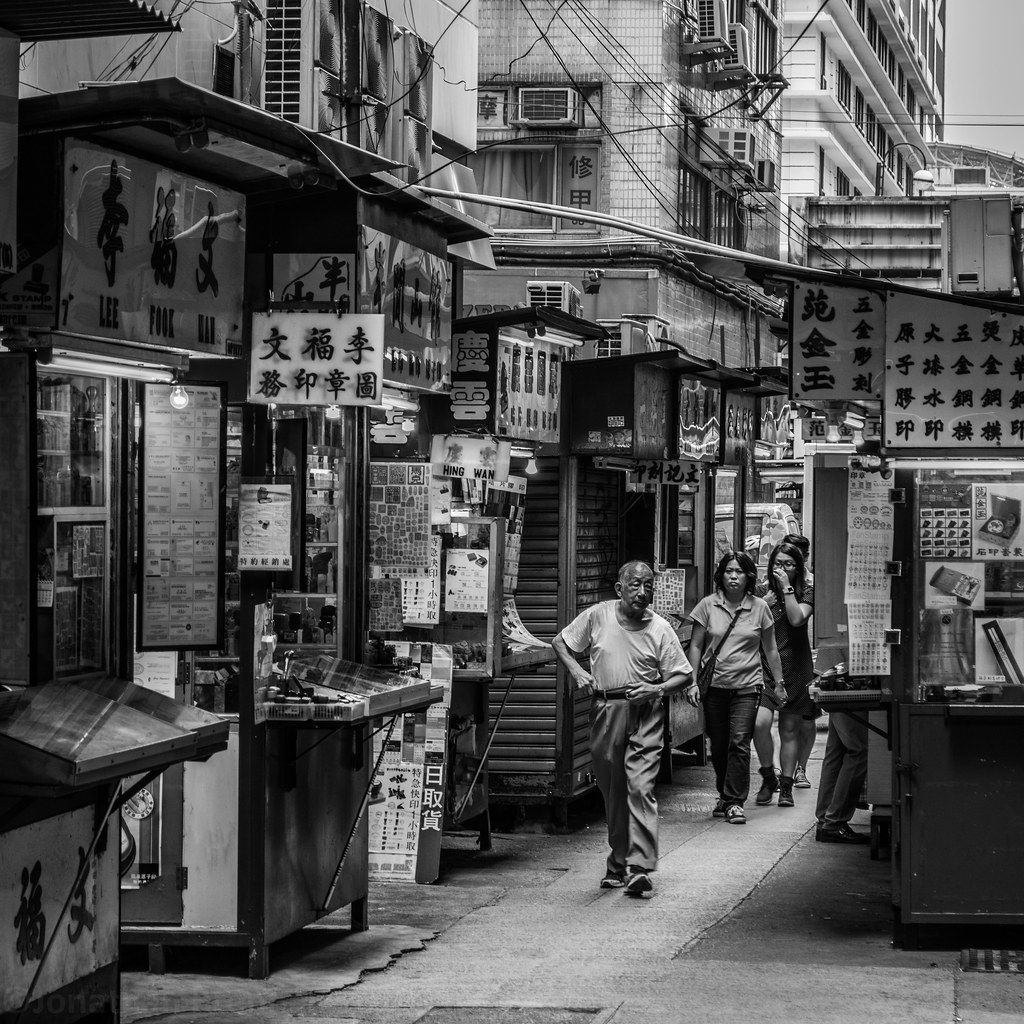
2. Jervois Street - Ladies Market
Suhang Street
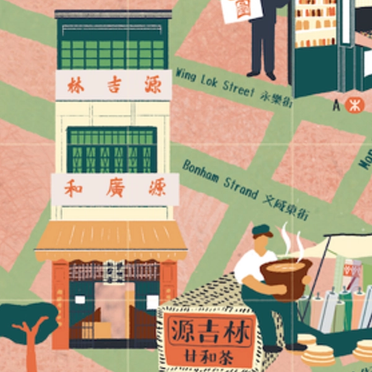
Right by the original shoreline, Jervois Street was the place to go for fabrics: embroidered silk, printed linens and lots of buttons. There were more than 80 stores in this bustling street, most of it came from Suzhou and Hangzhou, so the locals called the street Suhang Street. In 1851 a huge fire burnt down Sheung Wan Market and with it over 200 houses, killing over 30 people in this dense neighbourhood. The government used the debris for reclamation, killing two birds with one stone. British general William Jervois was the man in charge and this street was named after him. They also matched his Chinese name 乍畏街 but it didn’t quite have the required lucky sound, so Suhang Street 蘇杭街 stayed.
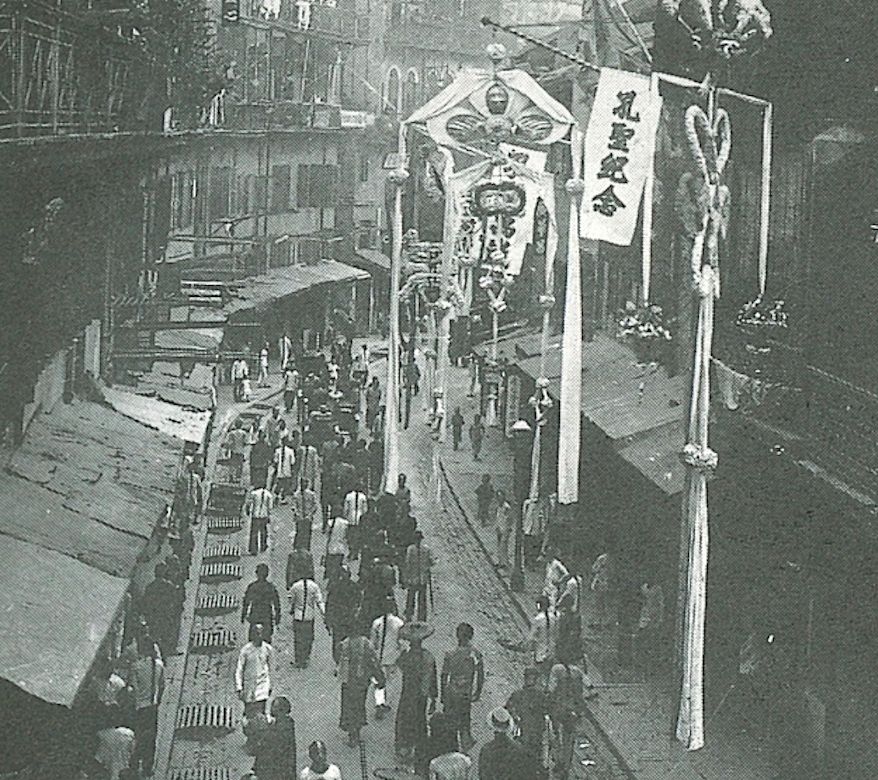


Hint of history
The only place where you can still see the street’s old Chinese name is at Yuen Kut Lam, a century-old Chinese medicine tea store, managed by the sixth generation-Yuens. They bought the shop house in 1923, but the history goes all the way back to 1889, when Jervois Street was the governor’s name. Jervois Street has always remained a place with speciality shops. For many years here was the city’s main market for colourful Chinese Lunar New Year decorations and there are still some old school shops for rare chemicals, vintage vests, old films and speciality tea.
3. Wing Sing Street . Duck Egg Street
Vanished street

Wing Sing Street has vanished from the map. The small street and two connecting lanes were demolished to make place for Cosco Tower and Grand Millenium Plaza in 1990s. Few people remember that it was once a famous egg market. The 100-metre-long lane was filled with shops selling all sorts of eggs, from chicken, duck, quail, cooked, preserved or salted. Now, the name has disappeared and an anonymous fountain sits in the place where once huge clay pots stored salted eggs ready to be sold to local restaurants or shipped to Singapore and Malaysia.


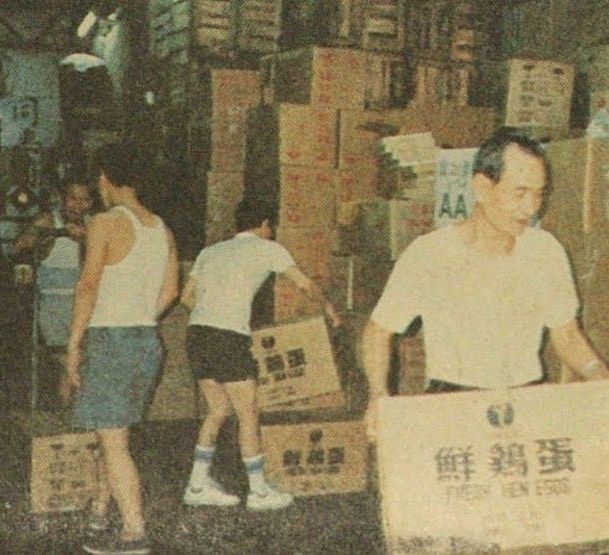
Duck Eggs
Nicknamed ‘Duck Egg Street’, after its best-selling product, the street used to be right by the then-shoreline and always packed with fishing boats. Fishermen would come here not just to buy eggs but also for duck egg white, a popular material to coat fishing nets. One egg shop remains, Seo Hing in Jervois Street started as a small street-side stall on Wing Sing Street. The egg’s smooth texture and its soft-boiled and sweetened heart make it a local favourite delicacy, even today.
Private land
Like many other narrow alleyways in Central, Wing Shing Street was a private street. Back in the days, once you bought up most of the properties on the street, the street would be yours.
4. Wing On Street - Fabric Street
Wonders of fabrics

Back in the days, Wing On Street was ‘fabric street’, where tailors and merchants from across the city would come to purchase the best fabrics. You had shops that specialised in silk and cotton and others dedicated to wool and cashmere - sheep, rabbit, camel – mostly darker in tones for western suits. Wing On Street enjoyed a strategic location - right by the pier - and its reputation spread far and wide. In typical Hong Kong savviness, the shops would sell to by-passers and wholesalers. Sheltered from sun and rain, the shops were always packed, there was simply was so much on offer.
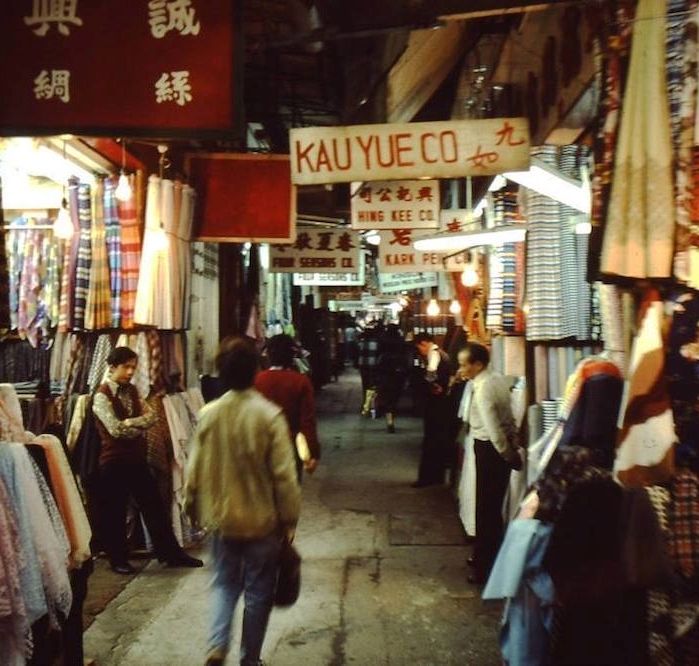
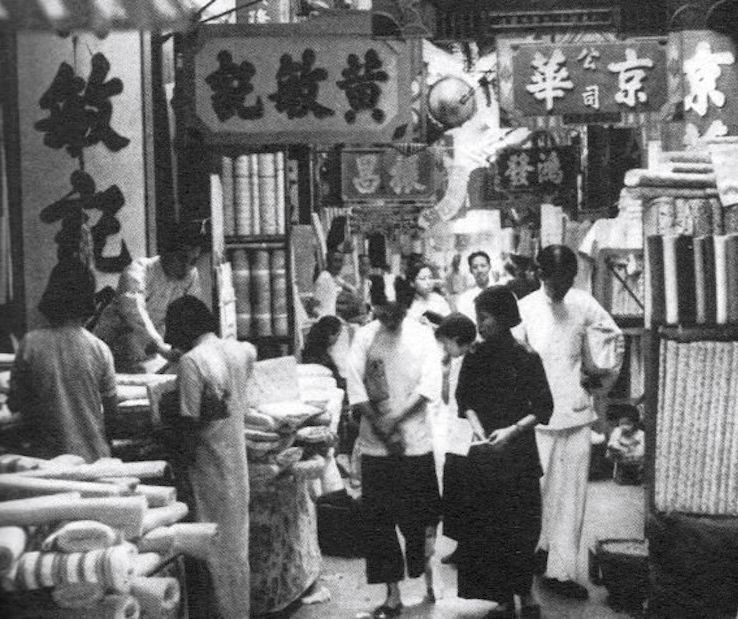
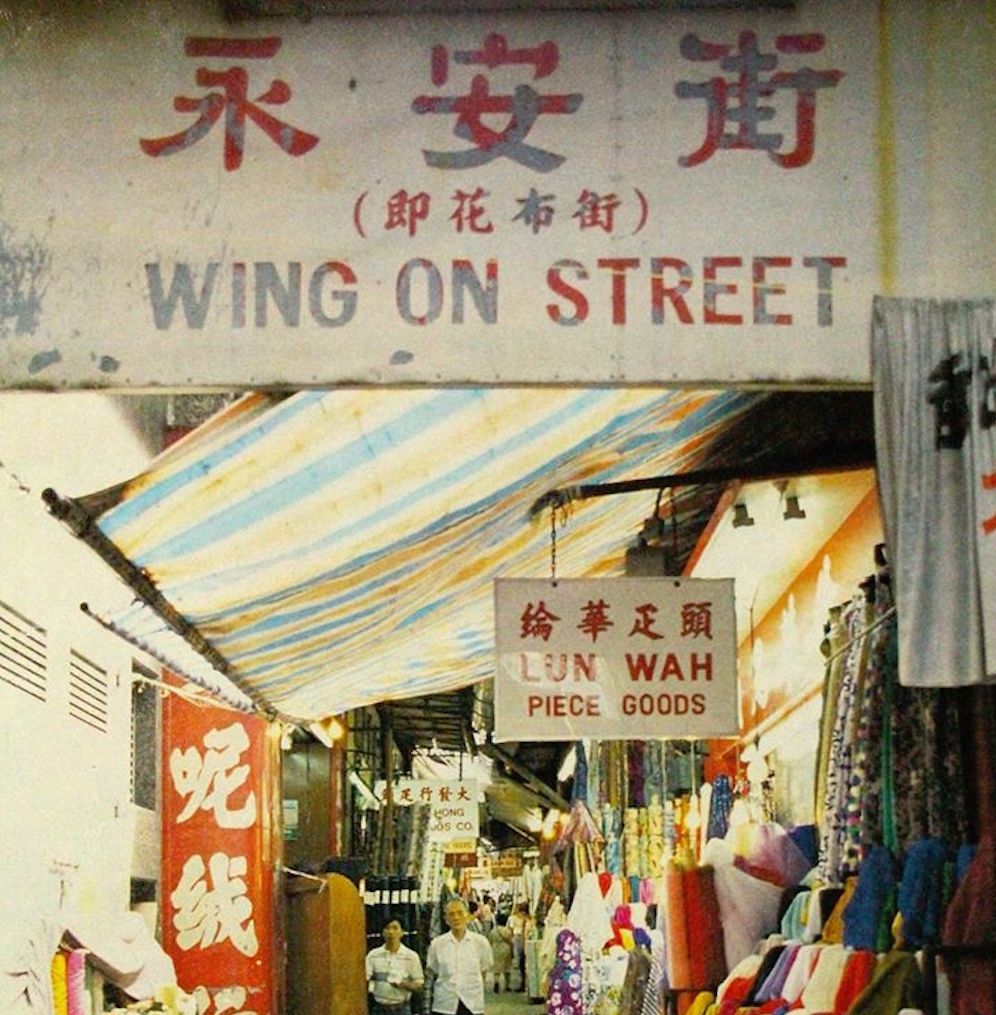
Go west .. into the unknown
Thirty years ago, when The Center was built, a part of Wing On Street was sacrificed for the new skyscraper. Most fabric sellers moved to the second floor of Western Market. Still in this Edwardian historical building, you can find an amazing selection of Chinese brocades, Thai printed silk, soft wool, cotton poplin and canvas upholstery fabrics. Most stores have been losing money since the first day they moved in, yet these men are still holding on, most of them have been in the industry for most of their life and are not ready to give up.
5. Tung Man Street - Chemical Street
Chemical hub
This once was a private cobbled stone street at the shoreline, specialised in fuel, coal and other supplies for ships. Later, a little alleyway for dyes, detergents, caustic soda and other industrial chemicals. “I still remember going there to get science class experiment materials during primary school years!” says Mr Lam, a long-time Central resident.


Three stalls
Like Wing On Street, also Tung Man Street was cut off. Only three small stalls (dai pai dongs) remain, selling fruits, clothes, and crafts. These stalls have been around for over 70 years.
I still remember going there to get science class experiment materials during my primary school years!
6. Central Market . A Marketplace since the 1840s
Since 1842

Long before the British colonised Hong Kong this was already a place where people shopped for fish, meat and vegetables. “Hong Kong Market Place” opened for business in May 1842. Rebuilt several times in its 175-year-old history: a simple shed in 1857, a Victorian-style market in 1895, then came the modern Bauhaus-style building in 1939 and now once again Central Market is a popular shopping destination, revitalised and rejuvenated with an exciting range of retailers and cafes and a gentle nod to the old architecture.




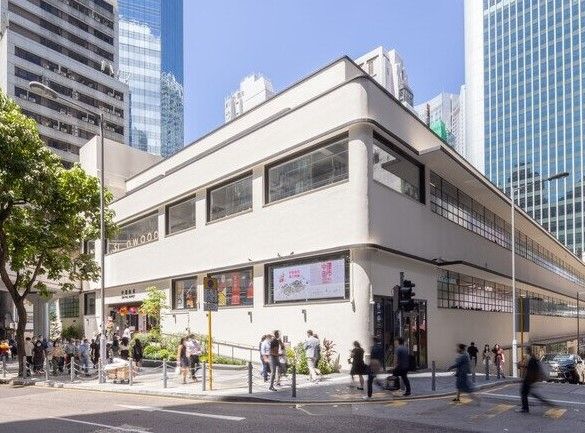
Select choice
Central Market was once ‘the biggest meat market in South East Asia’ and has been a big part of Hongkongers’ life. For special occasions, Ms Chung’s family would walk all the way from Sai Ying Pun to get the best selection “It was not cheap, but you could find everything there. Beef, lamb, chicken, fish, duck, goose, quail and other things that other markets didn’t have. It’s like what City Super is today”.
7. Queen Victoria Street - Dairy Lane
Comfort food
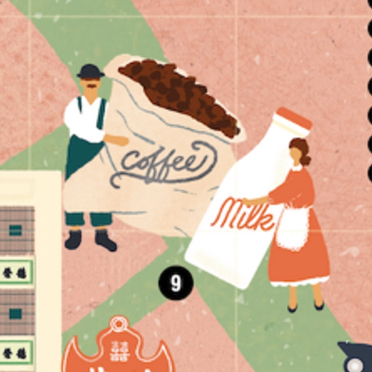
In the late 19th century, Queen Victoria Street was a cluster of popular Baan Goons, one of the few places in the city to get Western products, like butter, jam, cheese, canned food, milk, coffee, cigarettes and alcohol. A home away from home for sailors and merchants. Some stores even got their own sampans and ferries to fetch customers from big ferries parked at Victoria Harbour.
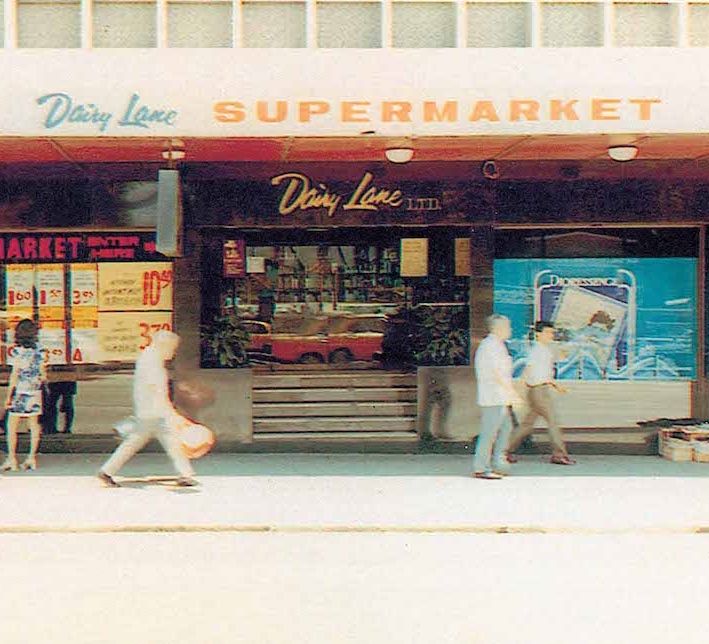
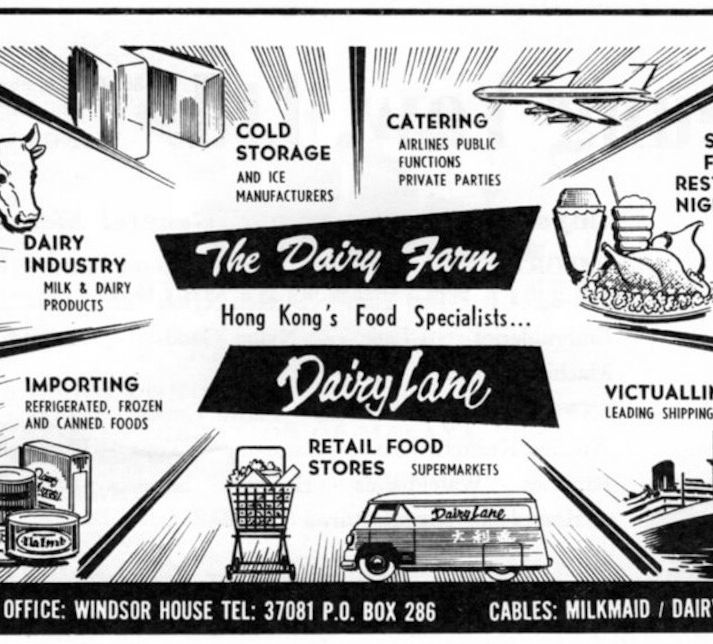
Festive hampers
Fresh fruit was also in high demand. Compared to open-air fruit stalls, this was a level-up. Long-time resident Ms Chung remembers the slices of ice-cold watermelon: “Baan Goon stored their fruits in the fridge, they also had a greater variety. The gift hampers with chocolates, cigarettes and brandy were very popular for the Mid-Autumn festival.” One of the biggest stores was Nam Hing Loong on nearby Jubilee Street, it closed its doors in 1930s. There are few left these days, most were acquired by Dairy Farm and gradually turned into supermarkets after the war.
8. Pottinger Street - Stone Slabs Street
A Governor’s tale
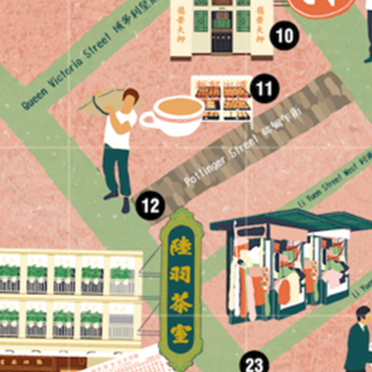
Named after Sir Henry Pottinger, the first governor of Hong Kong, among locals this street is better known as ‘Stone Slabs Street’. Granite slabs paved the steep slopes to make it easier for coolies to carry construction materials to Hollywood Road where they were building the Central Police Station, Central Magistracy and the Victoria Prison – now known as Tai Kwun. The slabs are so special that the street is one of the only two streets in town that is officially recognized as a historical asset.

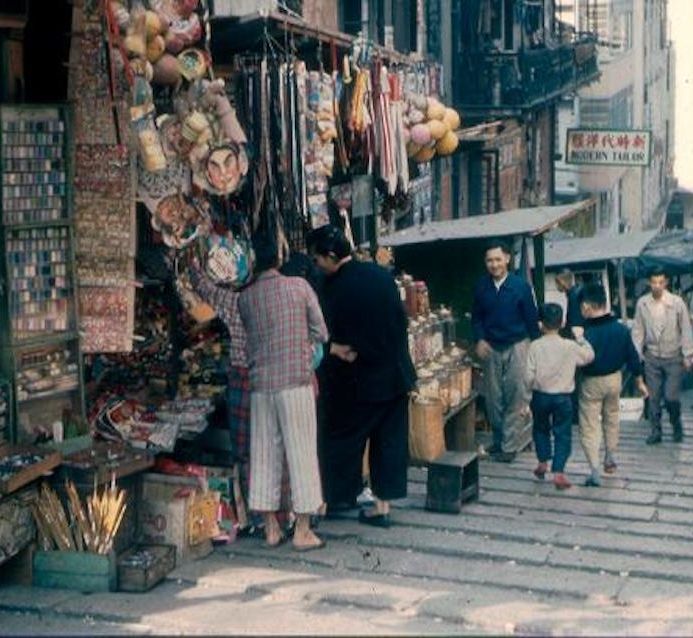
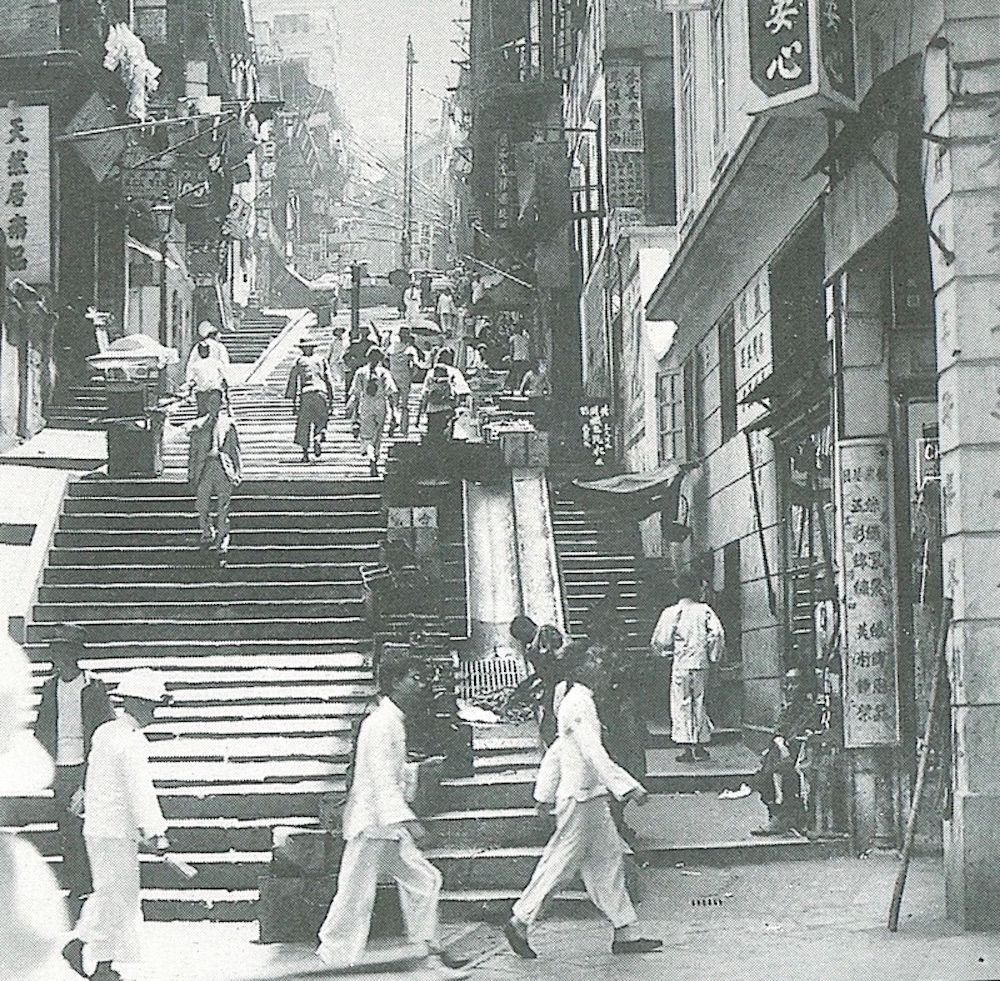
Festive shopping
On the sides of Pottinger Street are two rows of market stalls. Standing strong since the 1950s, selling all kinds of bits and pieces. Auntie Chung still comes here: “You can find a good selection here, buttons, needles, embroidery threads, chalks, ribbons, basically everything you need for sewing and tailoring.” These days the collections have expanded to seasonal costumes and decorations for festivals like Chinese New Year and Halloween.
Hidden secret
Somewhere below your feet is a 75-metres air raid shelter, built during WWII. Luckily, it was never used… Also underground but much less secretive, was the public latrine, there were many of them on Hong Kong Island in 20th century, when few people has toilets in their homes.
9. Graham Street . Grassroots Market
Oldest open-air market
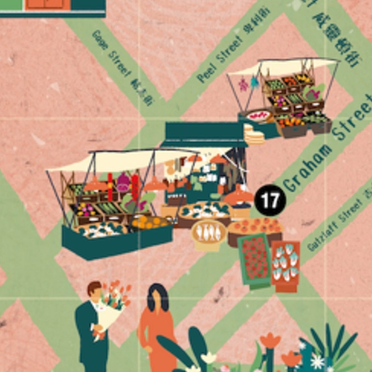
This open-air market along Graham Street has been around for over 170 years. When Central Market closed in 2003 this was the only wet market left in Central to get groceries. A grassroots place, where residents come every day to sell, and buy fresh produce for a fair price. Be quick to explore this authentic street market as it’s slowly eaten up by new construction sites and commercial developments.


Keeping heritage alive
The street market still has a couple of authenic stalls like Kan Kee 勤記粉麵廠 at 15 Peel Street, a small workshop that makes fresh Chinese noodles.
10. Wellington & Gutzlaff Street - Food Street
Street food culture
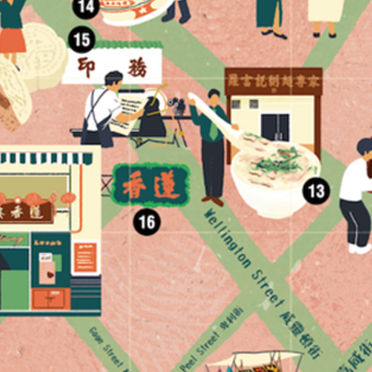
Gutzlaff Street - named after a 19th-century Prussian missionary Karl Gutzlaff – was better known as a red-haired street in the old days, because of the many Western women who came here to buy from the street’s famous shoemakers. Later it became a famous foodie destination. Mr Chan the proud owner of Shui Kee beef brisket at Gutzlaff Street still remembers the days when there were six stalls in the street and ten more on Wellington Street, all churning out rice, noodles, Shanghainese, coffee and milk tea. “It was the 1970s, and everyone knew about Central’s Food Street. It was so famous.” He is a proud ambassador of the city’s street food culture. “Daipaidong is Hongkongers’ history, it should be preserved. It is like the Shaolin Temple of the food industry, most of the famous chefs started their careers in these humble places”.
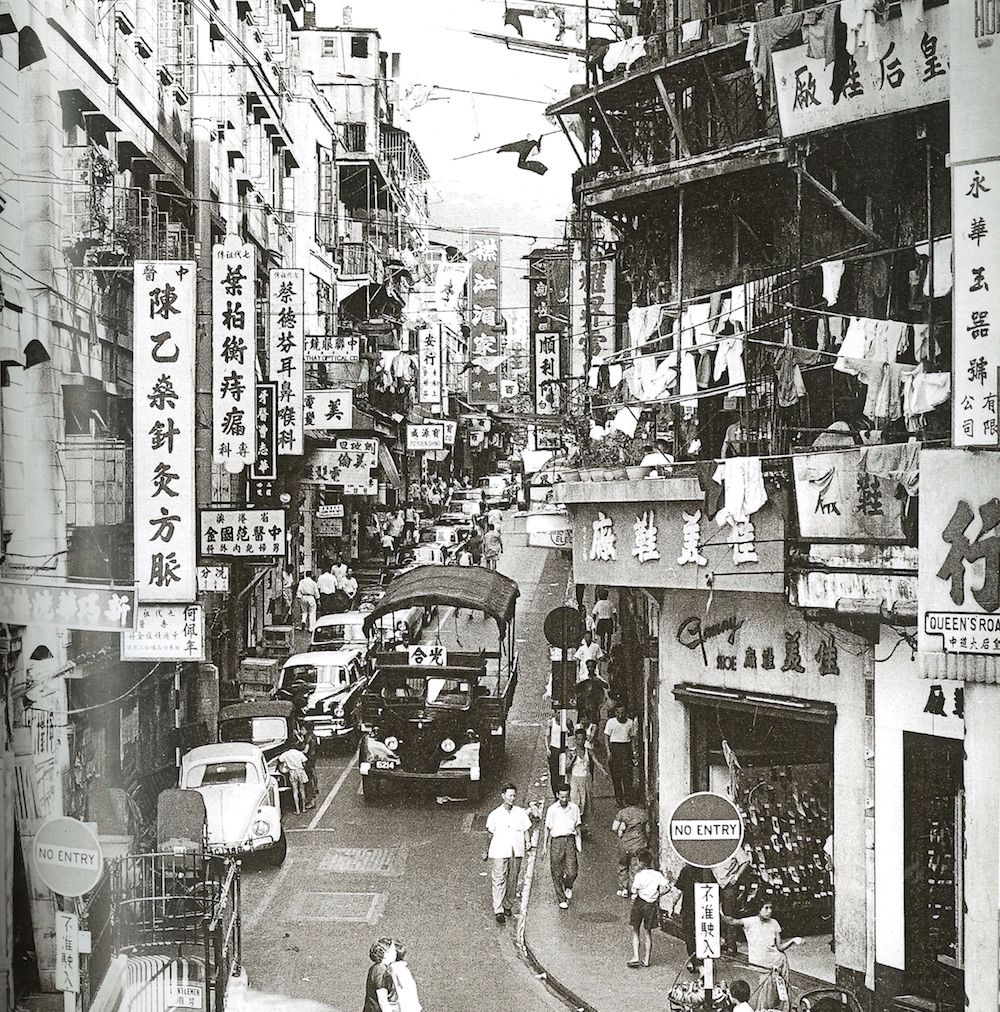

& lots of other things
But more than just food, Wellington Street - named after the 1st Duke of Wellington (who once defeated Napoleon) - is like a jack of all trades, it has always responded to the need of the Central community. More than just food, there were also shops selling ivory products like mahjong tiles and chopsticks, and a lot of bakeries. There were also lots of print shops here in this part of Central and Sheung Wan, printing name cards, receipts, invoices and envelopes for small businesses back in 1950s-80s. In 2019 the only surviving family-run print shop on Wellington Street shut down, Mr & Mrs Wong decided to retire after 47 years of proud service.
It was the 1970s, and everyone knew about Central’s Food Street. It was so famous.
11. Lyndhurst Terrace . Flower Market
Girls, shoes and flowers
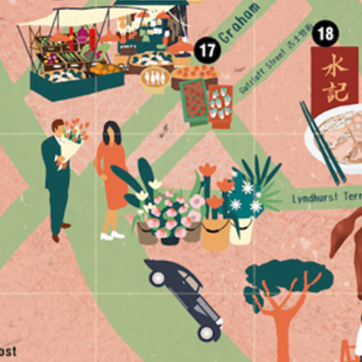
In the 19th-century flower stalls lined up along Lyndhurst Terrace. Soldiers and gents bought flowers here for their girls at the upmarket brothels on Lyndhurst. Many of them were Portuguese girls, first arriving in Macau, then to Hong Kong for better business. The brothels were as busy as the flower stalls and in the wake of the prostitutes, shoemakers and tailors also set up shop here. Prostitution was banned in Hong Kong in 1935, but the shops stayed on long after the girls left the streets.
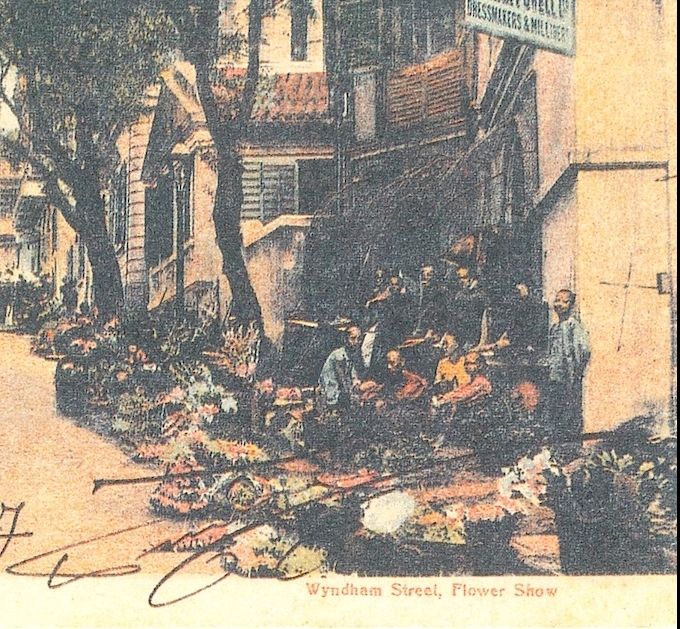
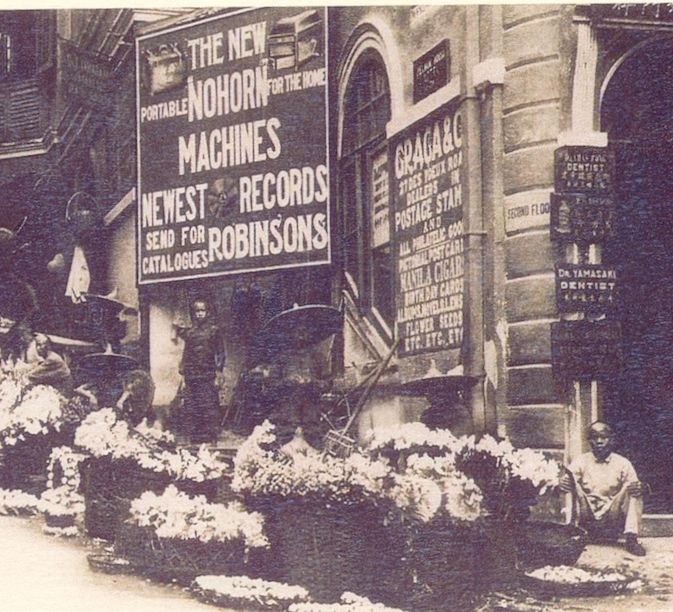
What's in a name?
Lyndhurst Terrace was named after the then House of Lord member Lord Lyndhurst with a matching Chinese translation, but locals still know the place as Baai Fa Street 擺花街 or ‘flower arrangement street’.
12. Li Yuen Street East & West - Newspaper Street
Cheap and cheerful
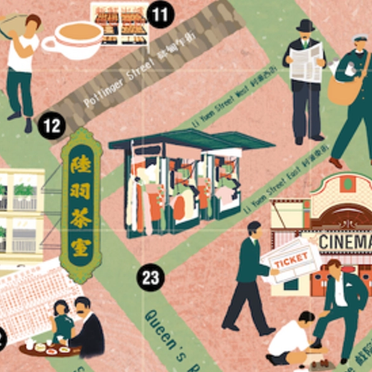
‘The Lanes’ is the place to go for Chinese traditional souvenirs. These two little lanes are jam-packed with small stalls that sell cheongsam dresses, chopsticks and other China memorabilia, all good value for money. “There is a bit of everything, that’s why it’s a hit. It’s the kind of place, where you come to get a new dress for a Christmas party and end up buying many more items” says Ms Chung a frequent customer. The lanes go back to 1940s, when shopping malls were not even a concept and department stores were unaffordable for many. It started with mobile carts, and in the 70s came fixed stalls.
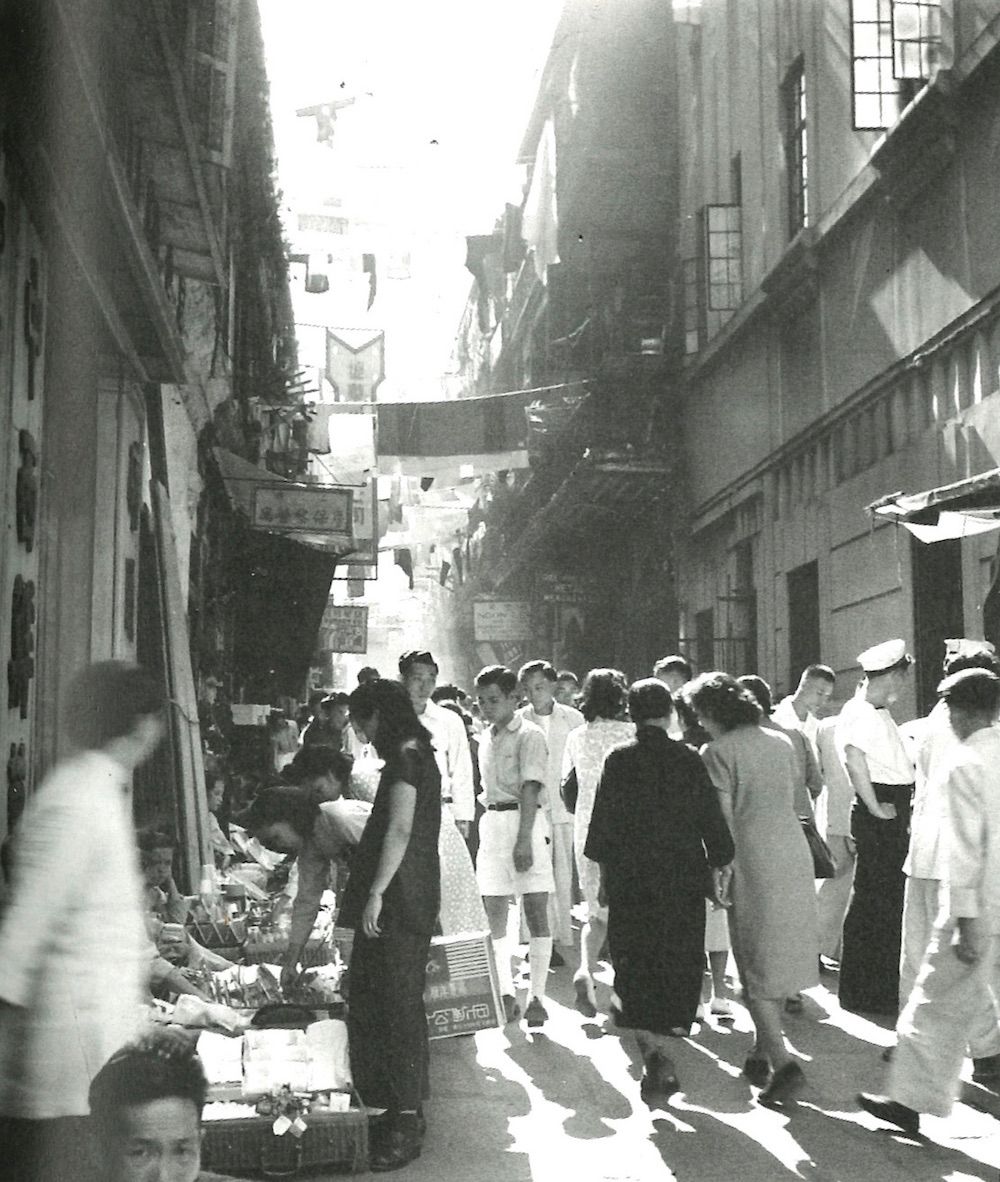
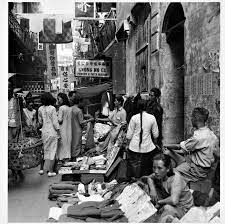
The Li’s
Kim Li Yuen was a wealthy Chinese merchant originally from Taishan in Guangdong Province. In 1894 he bought a piece of newly reclaimed land, built rows of shophouses and named it after himself: Li Yuen East Street. But he ran into some financial difficulties and had to call on help from the other Li, to complete West Street in 1906.
It’s the kind of place, where you come to get a new dress for a Christmas party and end up buying many more items.
Newspaper Street
In the old days Li Yuen East Street was known as a base for media companies: ‘Newspaper Street’. Journalists and writers set up make-shift press agencies and mailboxes here. When market stalls closed in the evening, they alleys along Queen’s Road Central got crowded again and freshly printed newspapers were distributed. They lost their livelihood when Central became a financial and commercial hub.
13. Theatre Lane . Queen’s Movie Theatre
King’s and Queen’s theatre
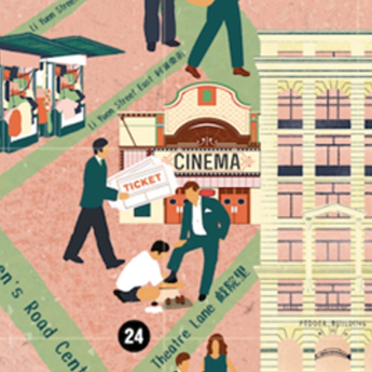
The one thing you won’t find on Theatre Lane is a theatre. The street gets its name from the famous Queen’s Theatre, which stood at the corner of Theatre Lane and Queen’s Road until 2007 when it was replaced by a luxurious new shopping and office complex. Queen’s had 1,200 seats and screened foreign films. Ms Chung has fond memories: “There used to be a lot of Taiwanese films and later Hong Kong’s Sam Hui movies. We loved the cinema, it was so much better than the black & white tiny TV screens at home”.

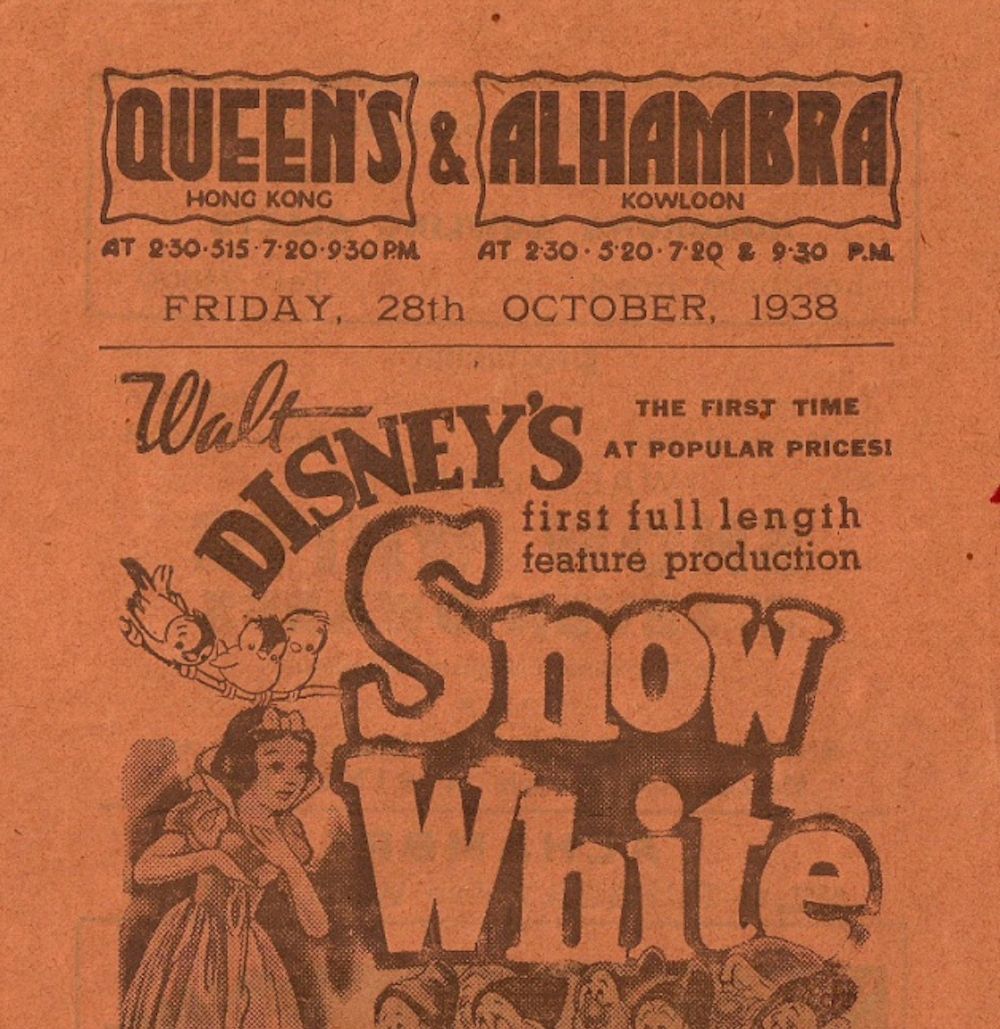

The shoe shiners
The shoe shiners in this narrow pedestrian-only street are hugely popular among the nearby office workers. Several years ago, the government tried to clear them away, but the public outcry was so intense, officials relented and issued special new permits that allow the shoeshiners to continue their work.
We loved the cinema, it was so much better than the black & white tiny TV screens at home.
14. Pedder Building . Colonial Gem
Only one left
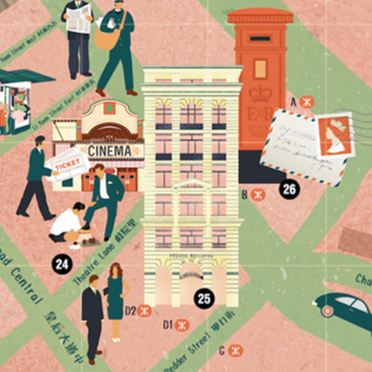
The pre-war nine-story Neo-Classical building is a rare sight amidst the high-rise commercial buildings. Central was once filled with blocks like Pedder. Close to a century old, it is the only historical building on the street, and probably the only colonial commercial building left in the neighbourhood.
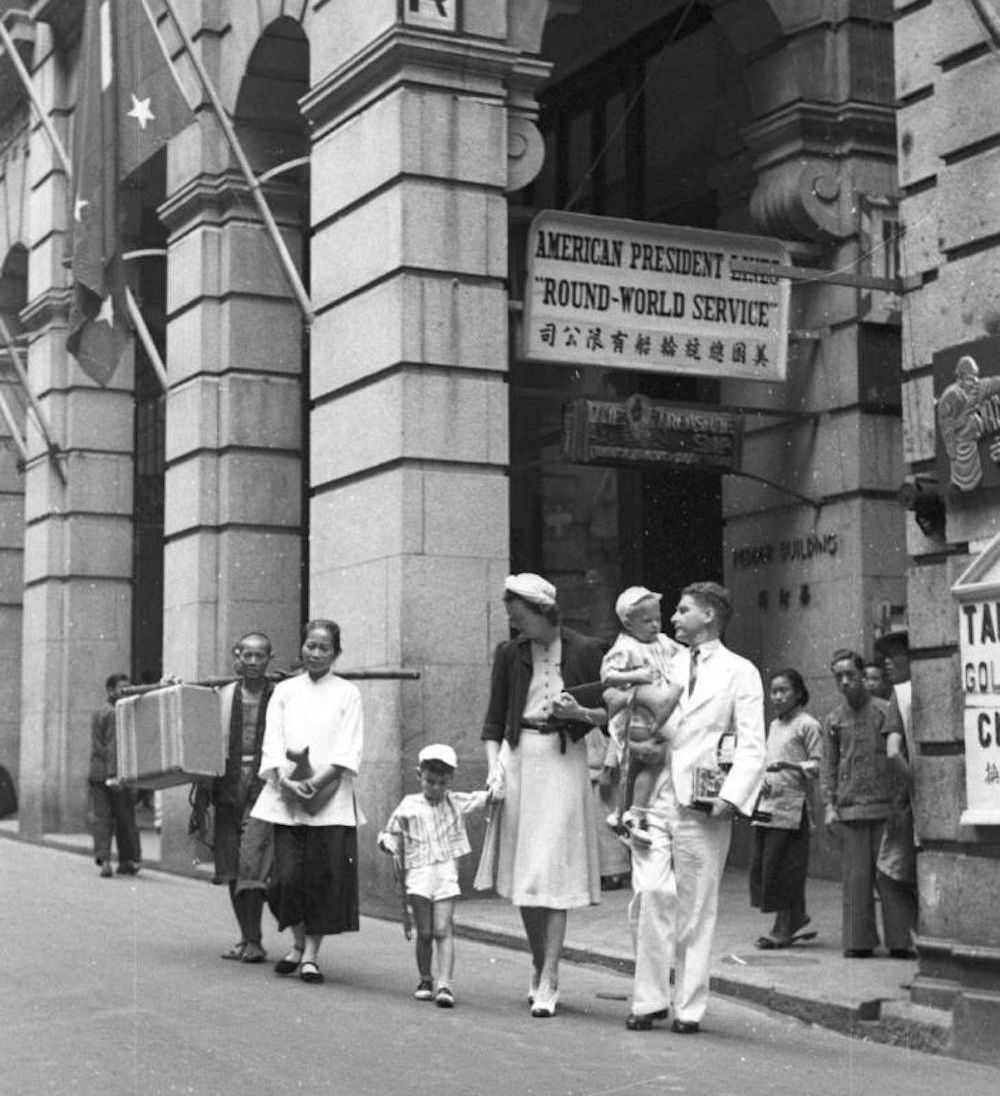

Architectural gem
Designed by internationally renowned architectural firm Palmer and Turner, Pedder Building is kitted out with classical stonework, cornices, columns, a covered arcade and arched windows. Until the 1980s it even featured bronze ornaments.
15. World-Wide House . The Old Post Office
Monumental post office

Many locals still remember fondly the Old General Post Office (GPO) that stood where World Wide House is right now. GPO was a beautiful four-storey Renaissance-style building with granite pillars, arches and wide verandas. When it was built in 1911 it was at the shoreline next to Blake Pier. The post office moved out in the 1970s and the old GPO building was demolished to give way to the construction of MTR.
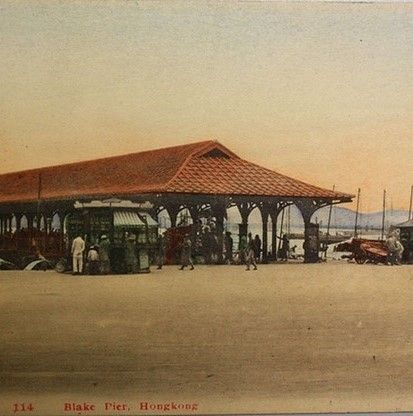
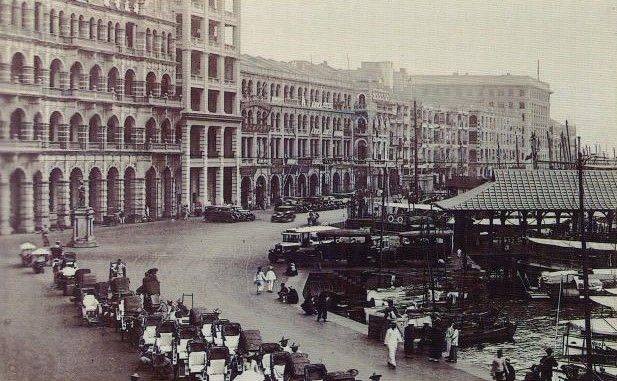
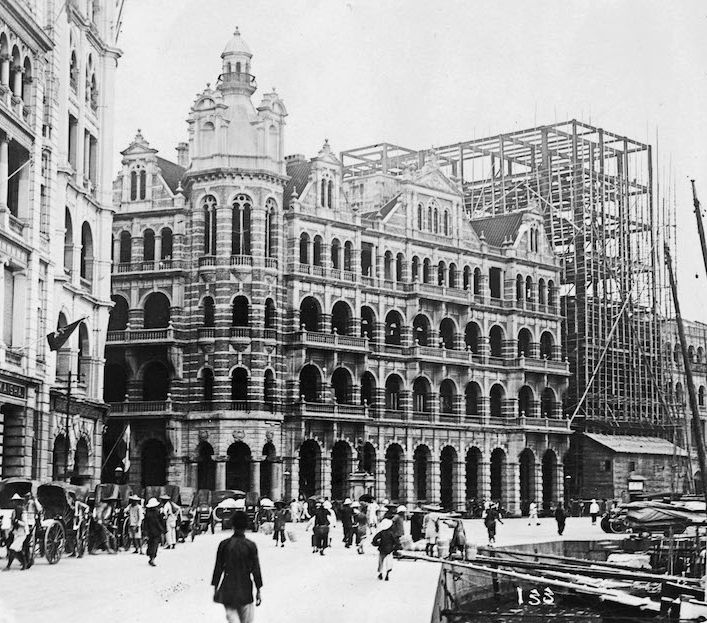

Only reminder
The only reminder of the old post office can be found in the ‘new GPO’, that is ironically now also under threat of demolition. In the post office lobby is a lone wooden arch of the old post office.
Little Manila
World Wide House is home to high-end offices and boutiques, but the first three floors are known as ‘Little Manila’. A world on its own here is over 220 tiny shops satisfying every possible need of the over 200,000 Filipino domestic workers in the city: Filipino snacks, body care products, currency exchange, travel companies, SIM cards, cheap electronics, clothes and toys. You name it, they sell it.
Discover the authentic side of Central Hong Kong
This illustrated memory map of Central was the result of a collaboration between iDiscover Academy and Caritas Caine Road, a community centre that advocates the spirit of inclusiveness, social responsibility, and mutual help. Created by long-time residents, this walking tour shares the unique narrative and characteristics of the neighbourhood and explores how development has affected the social fabric.
The illustrations are by Miss Quai. A designer and a lover of life, Quai won Hong Kong Young Design Talent and represented the city in international design projects. She believes cheerful design can lighten up a day and contribute to a better world. For this map she found inspiration in old photographs, postcards and personal memories of long-time residents.
The project was supported by Central & Western District Office, collaborating with locally rooted NGOs to rediscover the neighbourhoods of Central through the lens of residents.
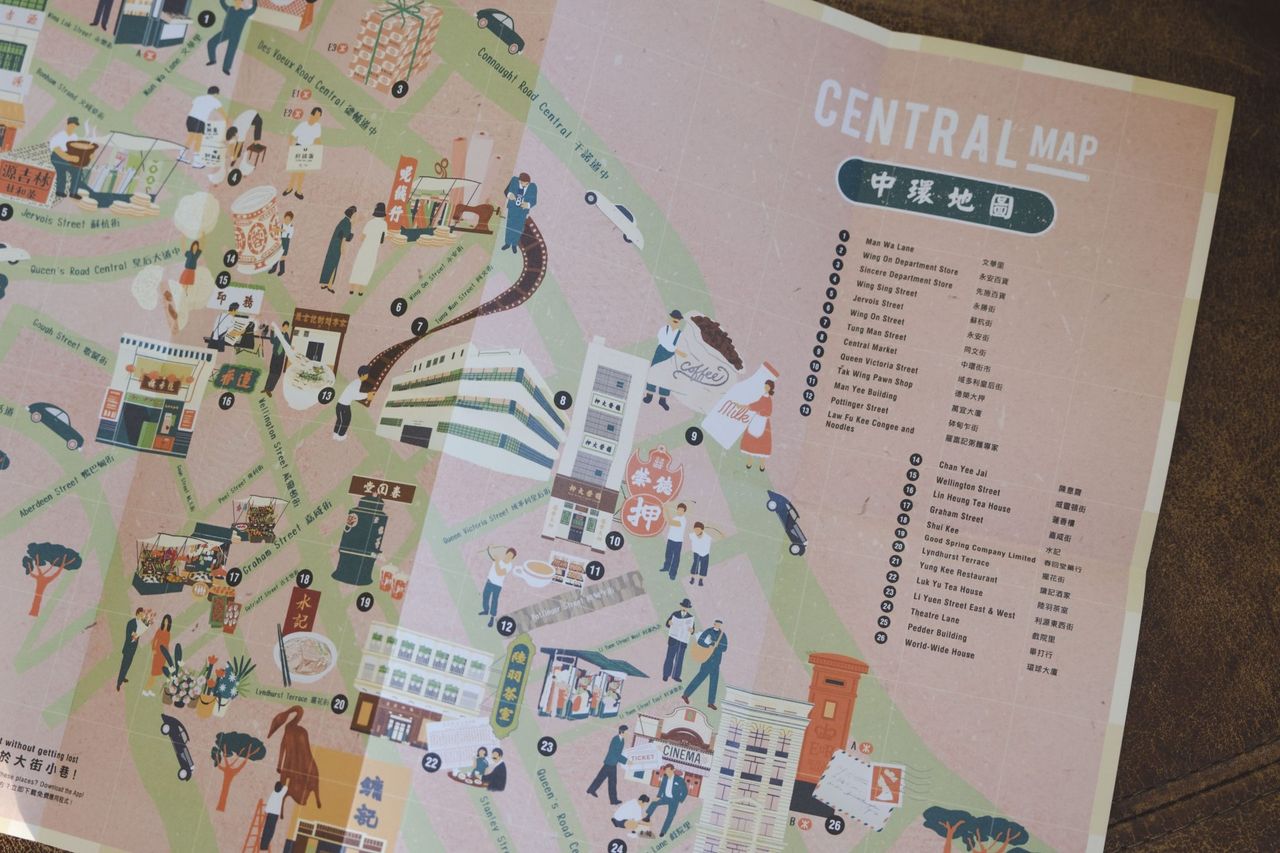
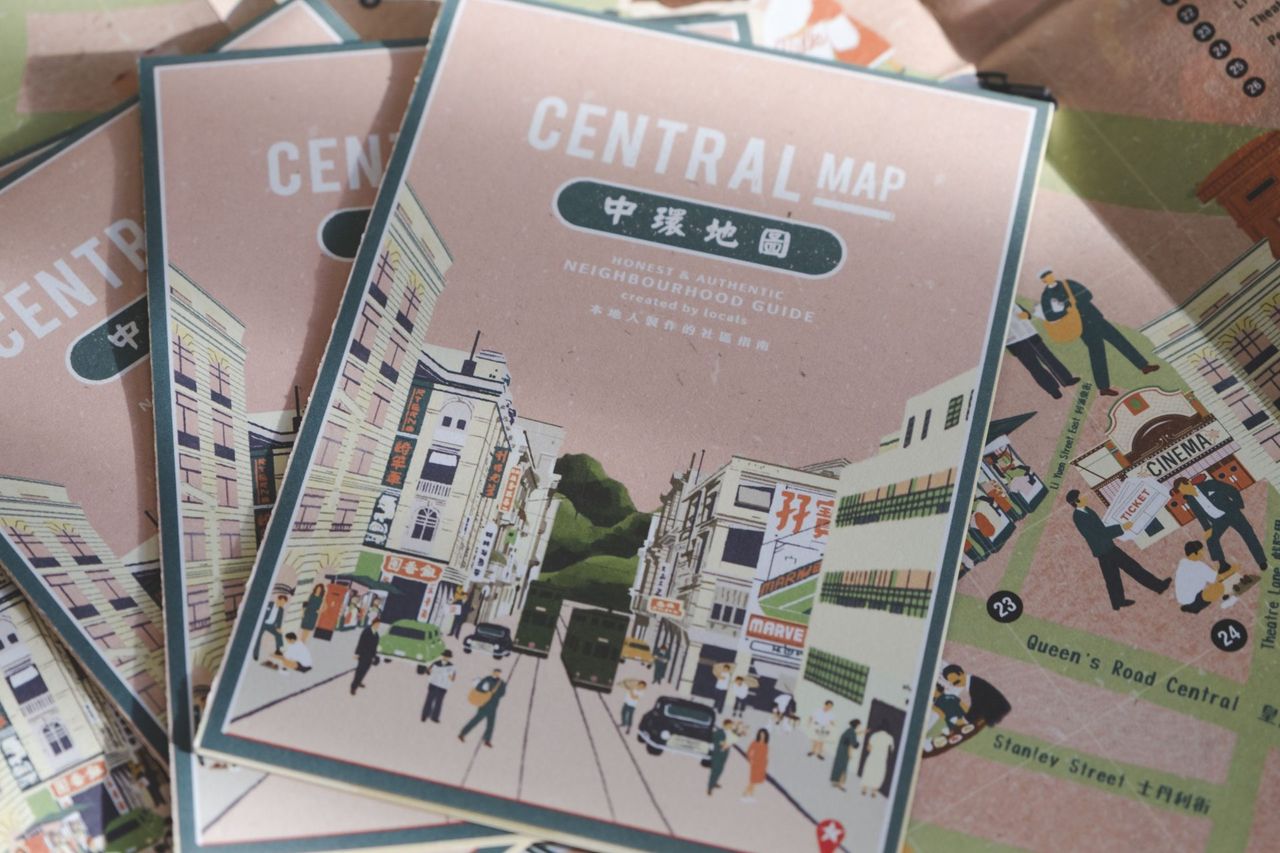
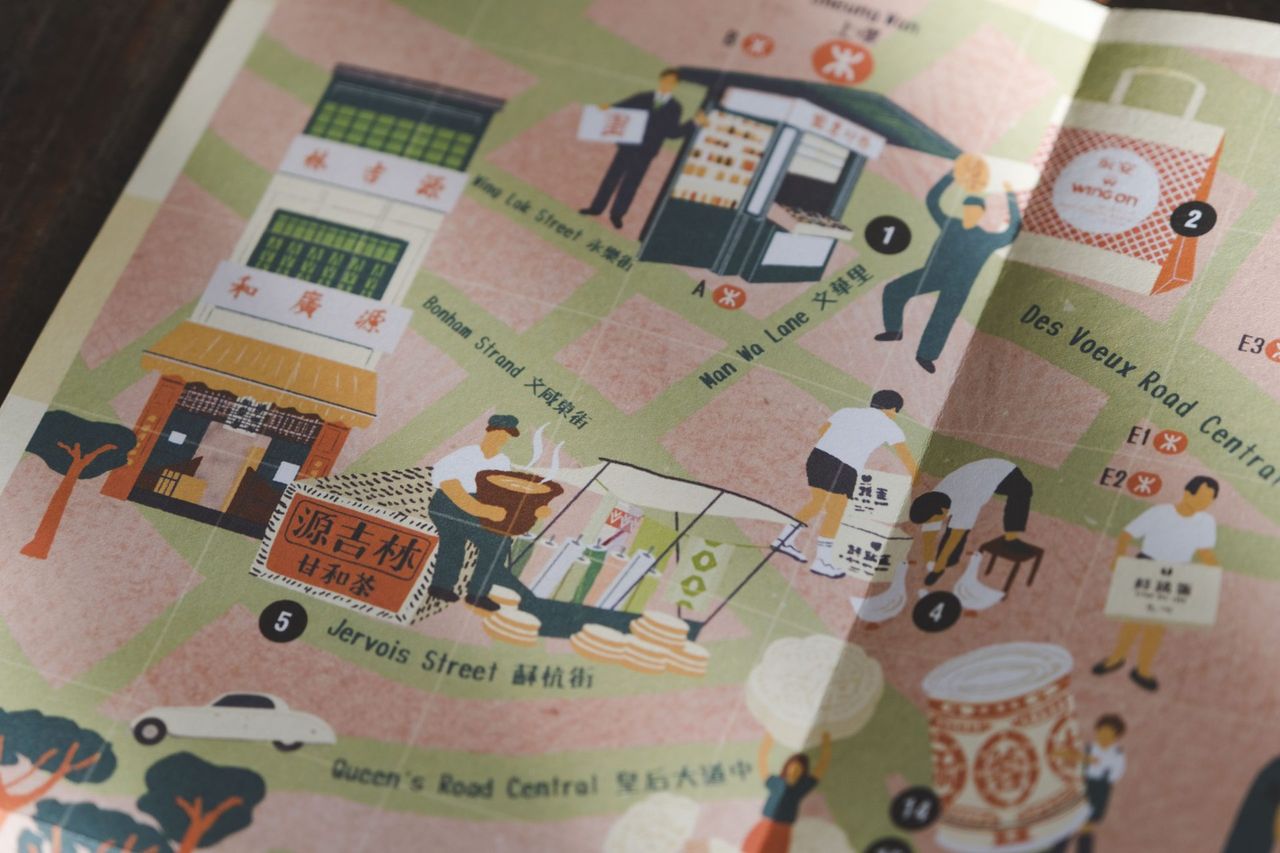

Credits
Created by
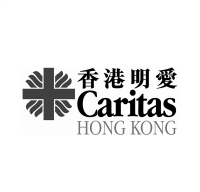
Powered by
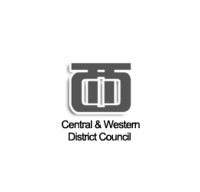
Designed by
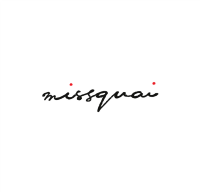
About
Caritas Community Centre - Caine Road 明愛堅道社區中心
Caritas Community Centre - Caine Road advocates the spirit of community inclusiveness, social responsibility, and mutual help. Created by long-time residents, this walking tour shares the unique narrative and characteristics of the neighbourhood and explores how development has affected the social fabric. 明愛堅道社區中心透過舉辦不同類型的活動及小組,推動社區融合、社會責任及自助互助精神。其中的「環環社區導賞小組」由一班街坊組成,以導賞分享中上環的社區發展、特色及近況,與參加者探討經濟主導的城市發展對社區生態的影響。
www.caritas.org.hk/enCentral & Western District Office 中西區民政事務處
Central & Western District Office collaborates with locally rooted NGOs to rediscover the neighbourhoods of Central through the lens of residents. 由中西區民政事務處贊助的「中環社區地圖計劃」透過與地區組織合作,以街坊角度重新發掘社區面貌,並以手繪地圖及手機程式作媒介,呈現區內重要的歷史故事及回憶。
www.districtcouncils.gov.hk/central/english/welcome/welcome.htmlMissquai Missquai
Illustrator and designer, a lover of life. Quai won Hong Kong Young Design Talent and represented the city in international design projects. She believes cheerful design can lighten up a day and contribute to a better world. 插畫師及平面設計師,熱愛一切美好愉悅的細節。畢業於香港理工大學設計學院視覺傳達系、香港浸會大學視覺藝術系。獲香港設計中心頒發香港青年設計才俊獎,遠赴丹麥、荷蘭工作及生活,體驗充滿人性的城市與生活的幸福後,更確信設計能令世界更美好,繼續分享快樂設計。
missquai.studio